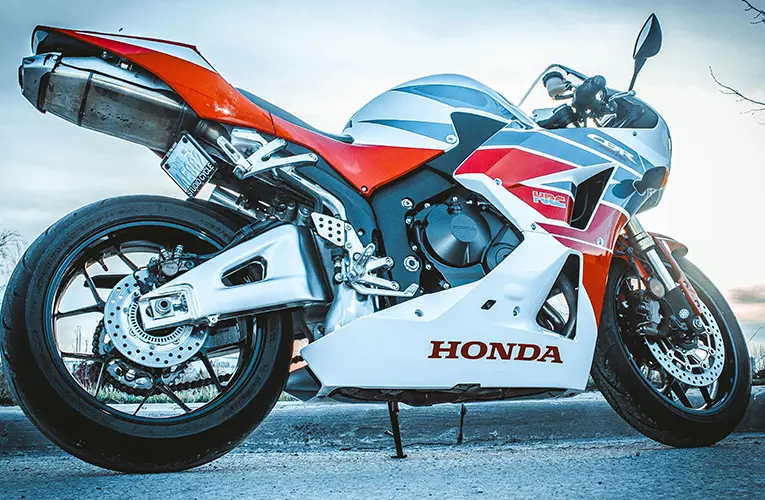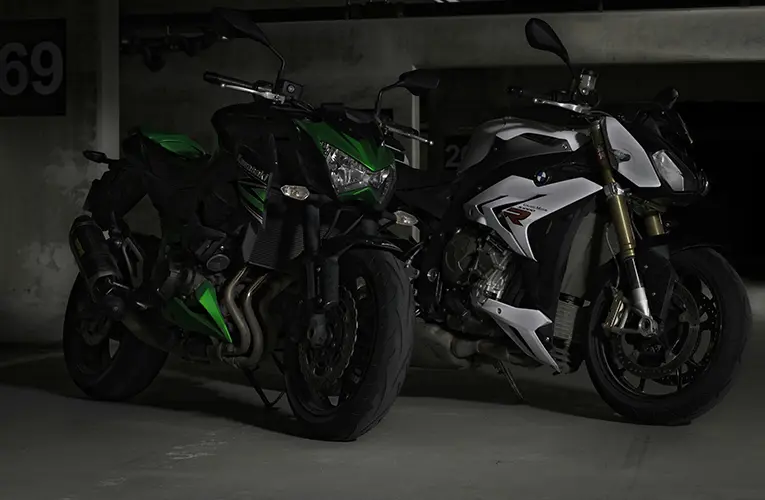“Essential Bike Maintenance Tips: How to Keep Your Bike in Top Condition for Every Ride”
### Essential Bike Maintenance Tips: How to Keep Your Bike in Top Condition for Every Ride
Maintaining your bike is crucial for ensuring a smooth, safe, and enjoyable riding experience. Regular upkeep can prevent costly repairs, enhance performance, and extend the lifespan of your bike. Here’s a comprehensive guide to keeping your bike in top condition.
—
### 1. **Routine Inspections**
#### 1.1 **Check Tire Pressure**
– **How To:** Use a bike pump with a gauge to ensure your tires are inflated to the recommended pressure, usually found on the tire’s sidewall.
– **Frequency:** Check before every ride.
– **Why It Matters:** Properly inflated tires improve ride comfort, handling, and fuel efficiency.
#### 1.2 **Inspect the Frame and Components**
– **How To:** Examine the bike frame for cracks or dents and check components like the handlebars, seat, and pedals for tightness.
– **Frequency:** Perform a visual inspection before each ride and a more thorough check monthly.
– **Why It Matters:** Ensures the bike is safe to ride and all parts are secure.
—
### 2. **Cleaning and Lubrication**
#### 2.1 **Clean the Bike**
– **How To:** Use a mild soap solution and a soft brush or cloth to clean the frame, wheels, and components. Avoid high-pressure water as it can damage bearings and seals.
– **Frequency:** Clean your bike every few rides or after riding in muddy or wet conditions.
– **Why It Matters:** Keeps your bike looking good and functioning properly by removing dirt, grime, and debris that can cause wear and tear.
#### 2.2 **Lubricate Moving Parts**
– **How To:** Apply bike-specific lubricant to the chain, derailleurs, and other moving parts. Wipe off excess to prevent attracting dirt.
– **Frequency:** Lubricate the chain every 100-200 miles, or more often in wet or dirty conditions.
– **Why It Matters:** Reduces friction, prevents rust, and extends the life of the drivetrain.
—
### 3. **Drivetrain Maintenance**
#### 3.1 **Check and Adjust the Chain**
– **How To:** Use a chain checker tool to measure chain wear. Replace the chain if it’s stretched beyond recommended limits.
– **Frequency:** Check chain wear every 500-1,000 miles.
– **Why It Matters:** A worn chain can affect shifting performance and cause premature wear on the cassette and chainrings.
#### 3.2 **Inspect and Adjust the Derailleurs**
– **How To:** Ensure the front and rear derailleurs are properly aligned and shifting smoothly. Adjust the limit screws and cable tension if necessary.
– **Frequency:** Check derailleur adjustment every few rides or when shifting becomes erratic.
– **Why It Matters:** Proper derailleur adjustment ensures smooth and accurate gear changes.
—
### 4. **Brake Maintenance**
#### 4.1 **Check Brake Pads**
– **How To:** Inspect brake pads for wear and replace them if they are worn down to the indicator lines or less than 1mm thick.
– **Frequency:** Check brake pads every 500-1,000 miles.
– **Why It Matters:** Worn brake pads reduce stopping power and can damage the rims or rotors.
#### 4.2 **Inspect Brake Cables and Housing**
– **How To:** Examine brake cables and housing for fraying or damage. Replace if necessary.
– **Frequency:** Check cables monthly or before long rides.
– **Why It Matters:** Ensures reliable braking performance and safety.
—
### 5. **Wheel Care**
#### 5.1 **Check Wheel Trueness**
– **How To:** Spin each wheel and look for wobbles or deviations. Use a truing stand to make adjustments or visit a bike shop for professional truing.
– **Frequency:** Check wheels every few months or if you notice handling issues.
– **Why It Matters:** True wheels ensure stable handling and prevent premature tire wear.
#### 5.2 **Inspect and Tighten Spokes**
– **How To:** Check spoke tension by tapping each spoke with a spoke tool or plucking them. Tighten loose spokes as needed.
– **Frequency:** Inspect spokes every 500-1,000 miles.
– **Why It Matters:** Proper spoke tension maintains wheel integrity and prevents spoke breakage.
—
### 6. **Storage and Protection**
#### 6.1 **Store Your Bike Properly**
– **How To:** Store your bike in a dry, sheltered area to protect it from the elements. Use a bike cover for added protection.
– **Frequency:** Always store your bike properly when not in use.
– **Why It Matters:** Prevents rust, corrosion, and damage from environmental factors.
#### 6.2 **Protect Against Rust**
– **How To:** Apply a rust inhibitor to metal components, especially if you ride in wet conditions or live in a coastal area.
– **Frequency:** Apply as needed, especially after riding in harsh conditions.
– **Why It Matters:** Prevents rust and corrosion, prolonging the life of your bike.
—
### 7. **Professional Servicing**
#### 7.1 **Regular Tune-Ups**
– **How To:** Schedule a professional tune-up at a bike shop every 6-12 months for a comprehensive check and adjustment.
– **Frequency:** Annually or more often depending on riding frequency and conditions.
– **Why It Matters:** Ensures all components are functioning optimally and can catch issues that might not be apparent during regular maintenance.
—
### Conclusion
Maintaining your bike is essential for optimal performance, safety, and longevity. By following these essential bike maintenance tips, you’ll ensure your ride is always in top condition, allowing you to enjoy every journey with confidence. Regular inspections, cleaning, lubrication, and professional servicing will keep your bike running smoothly and enhance your overall cycling experience.









